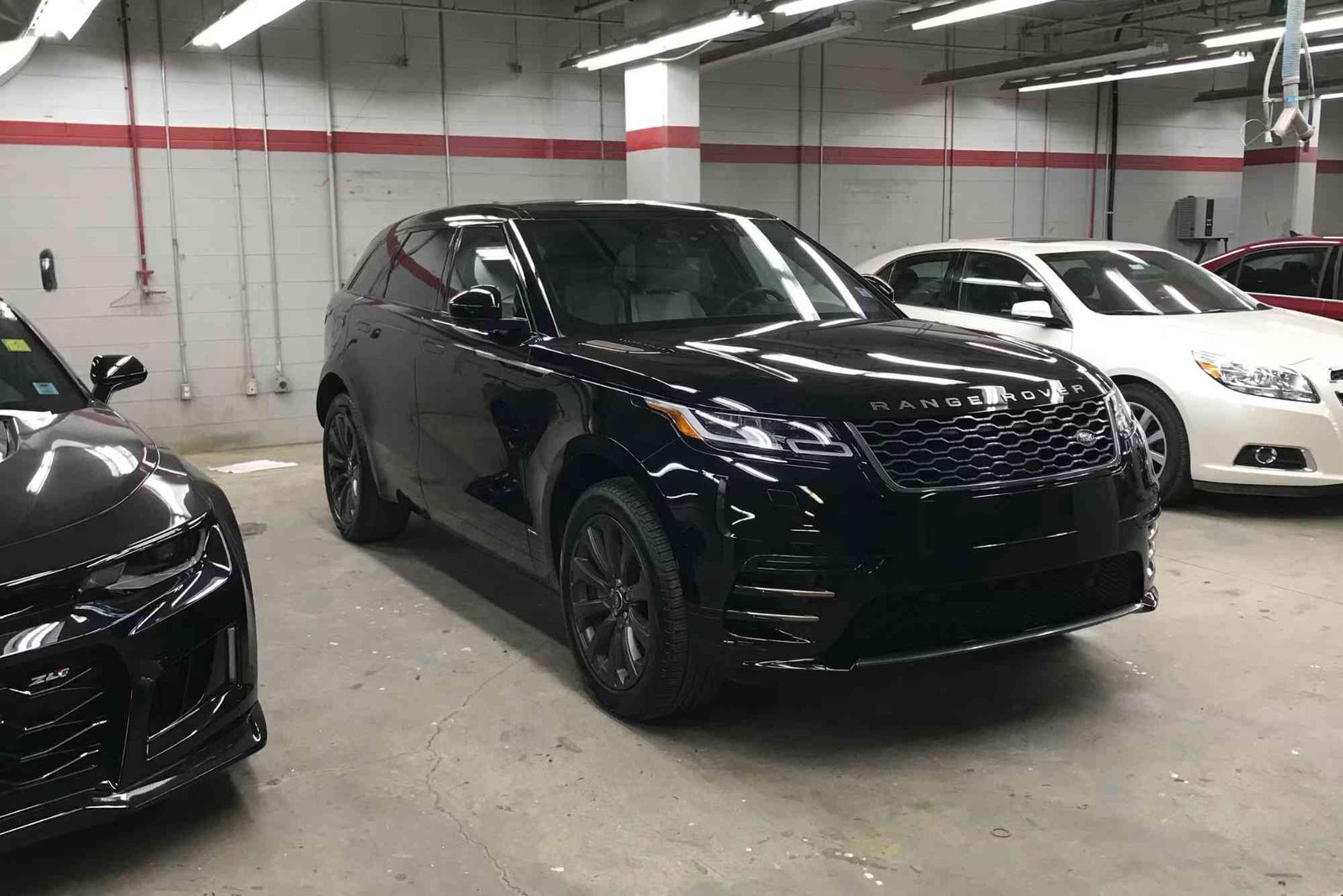Introduction
Many people wonder how long after eating can you exercise: how to do it safely without feeling discomfort. This is a common question for fitness lovers who want to balance nutrition and performance. Exercising right after eating can sometimes lead to bloating, cramps, or nausea. However, waiting too long might make you feel weak or low on energy. Understanding the right balance between digestion and physical activity is key to a safe and effective workout routine.
The relationship between food and exercise depends on what, when, and how much you eat. Your body needs time to digest food and convert it into energy. Whether you’re doing cardio, weight training, or yoga, the timing of your meals plays a crucial role in how your body responds to exercise. In this article, you’ll learn everything about post-meal exercise timing, digestion, safe practices, and expert tips to get the most out of your workouts.
Understanding How Food Affects Exercise
When you eat, your digestive system starts breaking down food into nutrients like carbohydrates, proteins, and fats. These nutrients fuel your muscles and help maintain energy during workouts. But digestion requires blood flow — the same blood your muscles need during physical activity. If you exercise too soon after eating, your body competes for blood between your stomach and muscles, which can cause discomfort, side stitches, or indigestion.
Carbohydrates are digested faster and provide quick energy, while fats and proteins take longer. That’s why light meals are recommended before exercise. The type and portion of food you consume directly affect how long you should wait before working out.
How Long After Eating Can You Exercise — General Guidelines
The ideal waiting time between eating and exercising depends on your meal size and workout intensity. For most people, the following guide works well:
After a large meal, wait 3–4 hours before exercising. Your body needs enough time to digest heavy foods like meat, pasta, or fried items.
After a light meal, wait 1–2 hours before physical activity.
After a snack, like a banana or smoothie, 30–45 minutes is usually sufficient.
These general rules help minimize stomach upset and optimize performance. However, each person’s digestion rate differs, so it’s essential to listen to your body.
For quick reference, you can visit this how long after eating can you exercise — Quick Guide for detailed timing recommendations and expert insights.
Why Timing Matters for Safe Exercise
The timing between eating and exercising affects your body’s comfort and efficiency. Exercising too soon can cause gastrointestinal distress, such as:
-
Stomach cramps
-
Nausea or reflux
-
Bloating or gas
-
Reduced endurance
On the other hand, waiting too long after eating can lead to low blood sugar, dizziness, or fatigue. The goal is to find the right window where digestion is complete enough to avoid discomfort but energy levels remain high.
Your pre-exercise timing also affects nutrient utilization. Eating carbohydrates 1–2 hours before a workout ensures glucose availability, while proteins consumed earlier aid muscle repair and recovery.
The Science Behind Post-Meal Exercise Timing
Digestion is a complex process. When you eat, the stomach starts breaking food down, and enzymes from the pancreas and intestines absorb nutrients into your bloodstream. This process can take anywhere from 30 minutes to four hours depending on the meal.
When you begin exercising too early, your body diverts blood away from the stomach to the working muscles, slowing digestion and potentially leading to discomfort. That’s why experts advise allowing digestion to complete before intense workouts like running or strength training.
Gentle activities like walking or yoga, however, can be done sooner after a meal since they aid digestion instead of hindering it.
The Best Exercises to Do After Eating
If you don’t want to wait too long after eating, some low-impact activities can help your digestion instead of disrupting it. Gentle movements enhance circulation and improve nutrient absorption.
Walking: A slow 10–15-minute walk after a meal helps regulate blood sugar and digestion.
Stretching or yoga: Gentle poses like “cat-cow” or “child’s pose” can relieve bloating.
Light cycling: Casual biking for 10–20 minutes after eating can also aid metabolism.
However, avoid intense activities like running, HIIT, or heavy lifting right after a meal.
What to Eat Before Exercise
Pre-exercise meals should focus on easily digestible carbohydrates and lean proteins. Avoid fatty, greasy, or spicy foods before workouts as they slow digestion.
Good pre-workout meal examples include:
-
Oatmeal with fruits
-
Whole-grain toast with peanut butter
-
A banana with Greek yogurt
-
A protein smoothie with almond milk and berries
These options provide balanced energy without causing heaviness.
How Long to Wait After a Snack
If you’re short on time, a light snack 30–45 minutes before exercise can be helpful. Snacks should be rich in carbohydrates and low in fat or fiber to prevent discomfort. For example:
-
A banana
-
A granola bar
-
A handful of nuts and raisins
-
A smoothie
These quick sources of energy prevent fatigue during short workouts and are easy to digest.
Listening to Your Body
Everyone’s digestive system is unique. Some people can comfortably exercise sooner after eating, while others need more time. Keep track of how your body responds to different foods and timings. If you experience discomfort, extend your waiting period. Hydration also plays a vital role. Drink water throughout the day, but avoid large amounts immediately before exercising to prevent bloating.
Expert Insights and CDC Recommendations
Health experts emphasize that both timing and food type are essential for safe exercise. The CDC – Physical Activity guidelines recommend adults engage in at least 150 minutes of moderate physical activity per week, paired with a balanced diet. However, the timing of meals relative to workouts should match your personal energy needs and digestive comfort.
Common Mistakes to Avoid
Many people make simple mistakes that lead to discomfort when exercising after eating. These include eating heavy meals right before workouts, consuming too many fatty foods, skipping hydration, or not allowing proper digestion time. To stay safe and comfortable, avoid overeating and choose light, nutrient-rich meals before physical activity.
How Different Workouts Affect Timing
Not all workouts require the same waiting time after eating.
Cardio exercises like running or cycling need a longer wait period to prevent stomach upset.
Strength training can usually be done 1–2 hours after eating a light meal.
Yoga or stretching can be done 30–60 minutes post-meal.
Swimming requires a minimum of two hours after a large meal to avoid cramps.
Adjust your schedule based on your workout intensity and comfort level.
Practical Tips for Exercising Safely After Eating
To make your post-meal workouts more effective:
-
Plan meals and workouts ahead of time.
-
Choose lighter meals with complex carbs and lean protein.
-
Stay hydrated but avoid heavy drinking before activity.
-
Warm up properly to aid circulation and digestion.
-
Start slow and increase intensity gradually.
Consistency and awareness of your body’s signals are key to safe and efficient exercise routines.
FAQs
Is it okay to walk immediately after eating?
Yes, a gentle walk after eating can aid digestion and regulate blood sugar. Avoid brisk walking or running right away.
Can I work out on a full stomach?
It’s not recommended. Exercise on a full stomach can cause discomfort or cramps. Wait at least 2–3 hours after a large meal.
What if I feel hungry before exercising?
A light snack like a banana, smoothie, or energy bar 30–45 minutes before exercise can help.
Does exercising after eating help lose weight?
Moderate post-meal activity like walking can aid calorie burn and digestion, supporting weight management when combined with a balanced diet.
Can I drink coffee before exercise?
Yes, moderate coffee consumption before exercise can boost alertness and energy, but avoid pairing it with heavy meals.
Is it harmful to exercise too soon after eating?
Intense workouts too soon after eating can cause nausea, bloating, or acid reflux. Always allow digestion time before starting.
Learning how long after eating can you exercise: how to do it safely helps you perform better, feel comfortable, and avoid digestive distress. The key is balance — not exercising too soon after eating, but not waiting until your energy drops either. Pay attention to meal size, food type, and your body’s signals.
Light activities like walking can be done sooner, while intense workouts require more digestion time. By following these expert timing strategies, you’ll enhance your performance and overall health.
For more detailed timing strategies and healthy fitness advice, visit how long after eating can you exercise — Quick Guide. If you’re interested in improving your overall health and learning more about physical wellness, explore More sports & fitness articles.




